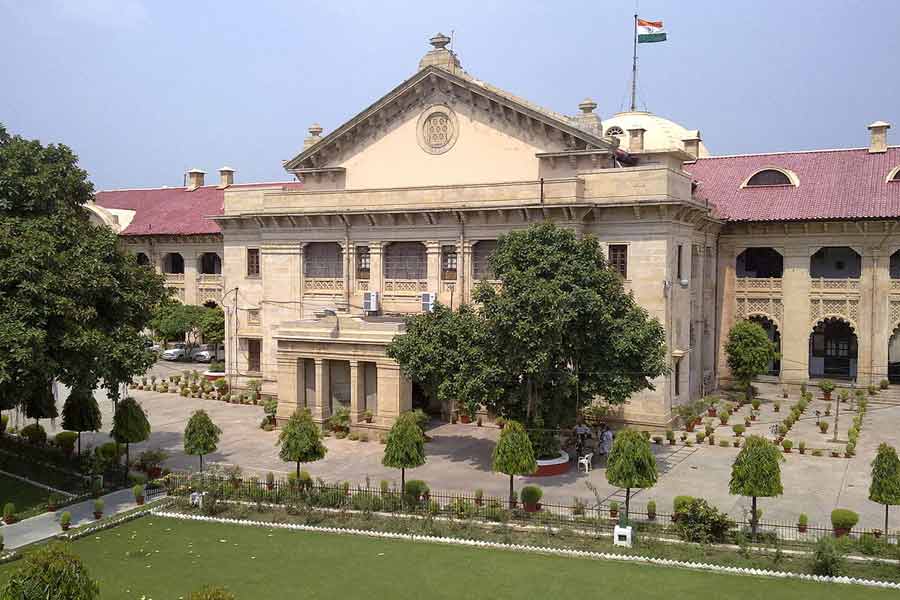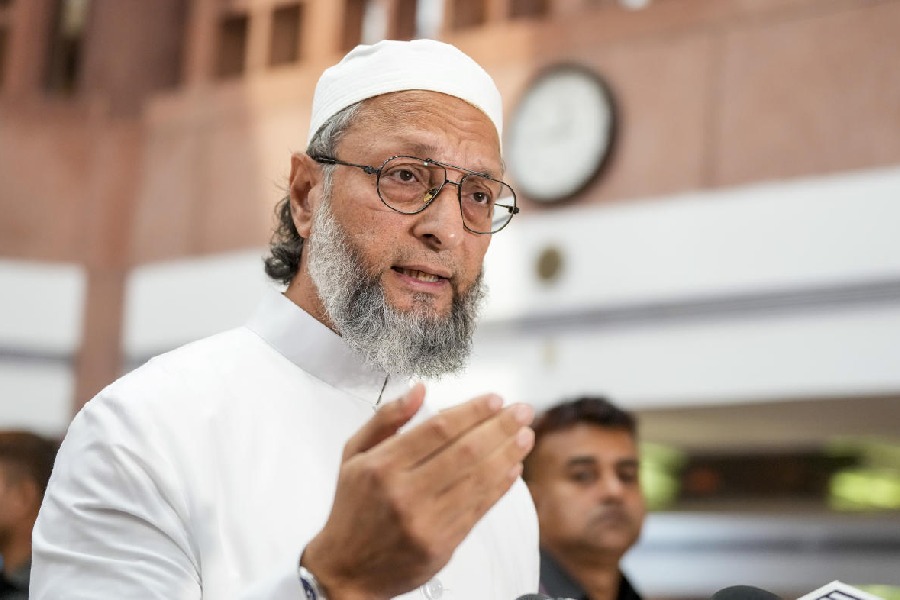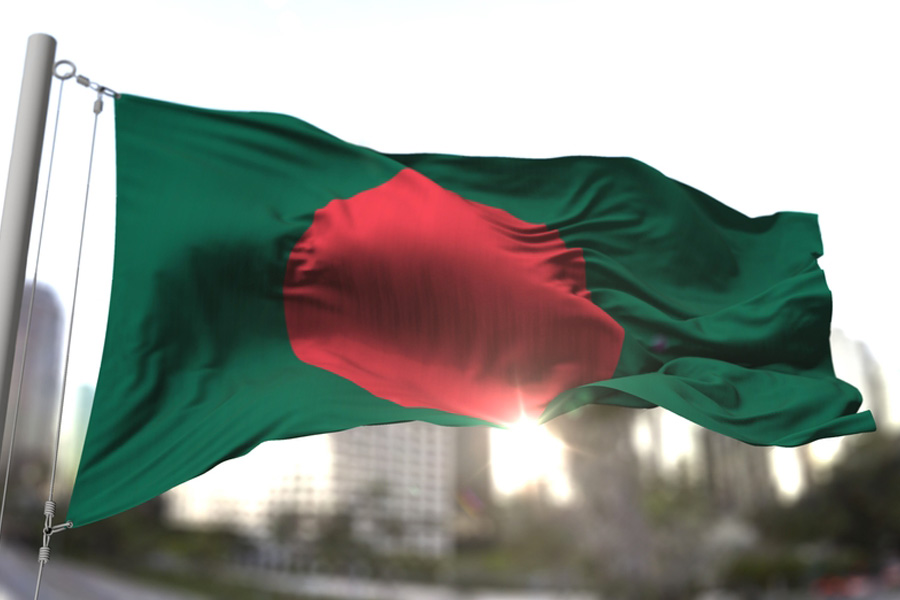 |
| The Serampore Rajbari. Picture by Pradip Sanyal |
The zamindari system was abolished soon after India gained independence. Yet it still fascinates us, perhaps because the feudal system prevails in this subcontinent.
One had expected Kanai Lal Goswami’s account of a zamindari, From Fredriksnagore to Serampore: Recollections of the Past, of which he was the head, to be rich with fascinating details of life in a fiefdom on the banks of the Hooghly. It flourished for a brief period when Denmark turned it into a settlement in the late 18th and 19th centuries, a period which also saw the rise in the fortunes of the Goswami family.
The book was originally published in 1982, and reprinted last year by Intach. This organisation is overseeing an initiative launched by the Danish government to restore the many heritage structures which have survived in the former colony of Serampore when it was known as Fredriksnagore. The Bengal government has joined hands in it.
The book would be of interest and value mainly to scholars and sociologists researching this feudal system for. It is a detailed (to the point of being tiresome) account of the glory days and the subsequent and inevitable decline of the Goswami family after the abolition of zamindari. It begins quite interestingly though with an account of how the author started penning it in 1967 on the urging of his son, Prosun, who used to work as an engineer in Switzerland. Kanai Lal himself went to St. Xavier’s College but had to give up studies when he was handpicked by his grandfather to oversee the zamindari property. Unlike many other zamindar families, the Goswamis prioritised higher education and many of them went on to become successful professionals.
Kanai Lal begins at the beginning with the genealogy of his family, the family deity and forebears like Ramanarayna and Harinarayan who laid the foundation of this clan in late 18th century. Raghuram was a banyan (not bania, which is a caste, as mentioned in the book) or agent of the firm John Palmer & Co of Calcutta. He amassed a huge fortune and bought landed property in the districts. Subsequently, as they became wealthier the Goswamis acquired valuable property in Calcutta where they often resided for continuing higher studies or to pursue their careers.
There are passing references to the Danish settlement and jute mills and other industries, but the focus is almost entirely on the Goswamis and the various palaces they constructed in Serampore, which remained their family seat even as they grew from strength to strength. They were an enlightened family by the standards of those times, and their fervent religiosity is all the more striking on that account. Most of these gargantuan structures were white elephants and as their incomes dwindled, neglect was inevitable.
But when fortune smiled on them, the patriarch in each successive generation held sway not only over the extensive landed property but also a huge retinue of employees, retainers and servants, and above all the joint family which embraced people of several generations and dependants all living under the same roof.
The task of the patriarch became even more onerous as he was also a prominent public figure, who in his capacity as the head of the municipality and other local bodies was expected to implement projects for the good of the local populace. Kanai Lal presents only the public face of these patriarchs — not the most exciting reading material. There are glimpses of their private lives, too, but these are so fleeting that they hardly make any impression. In short, Kanai Lal presents a Goswami-centric world to the exclusion of the bigger picture of Serampore. One almost feels that common people existed only for the privilege of participating in the lavish Goswami family festivities.











